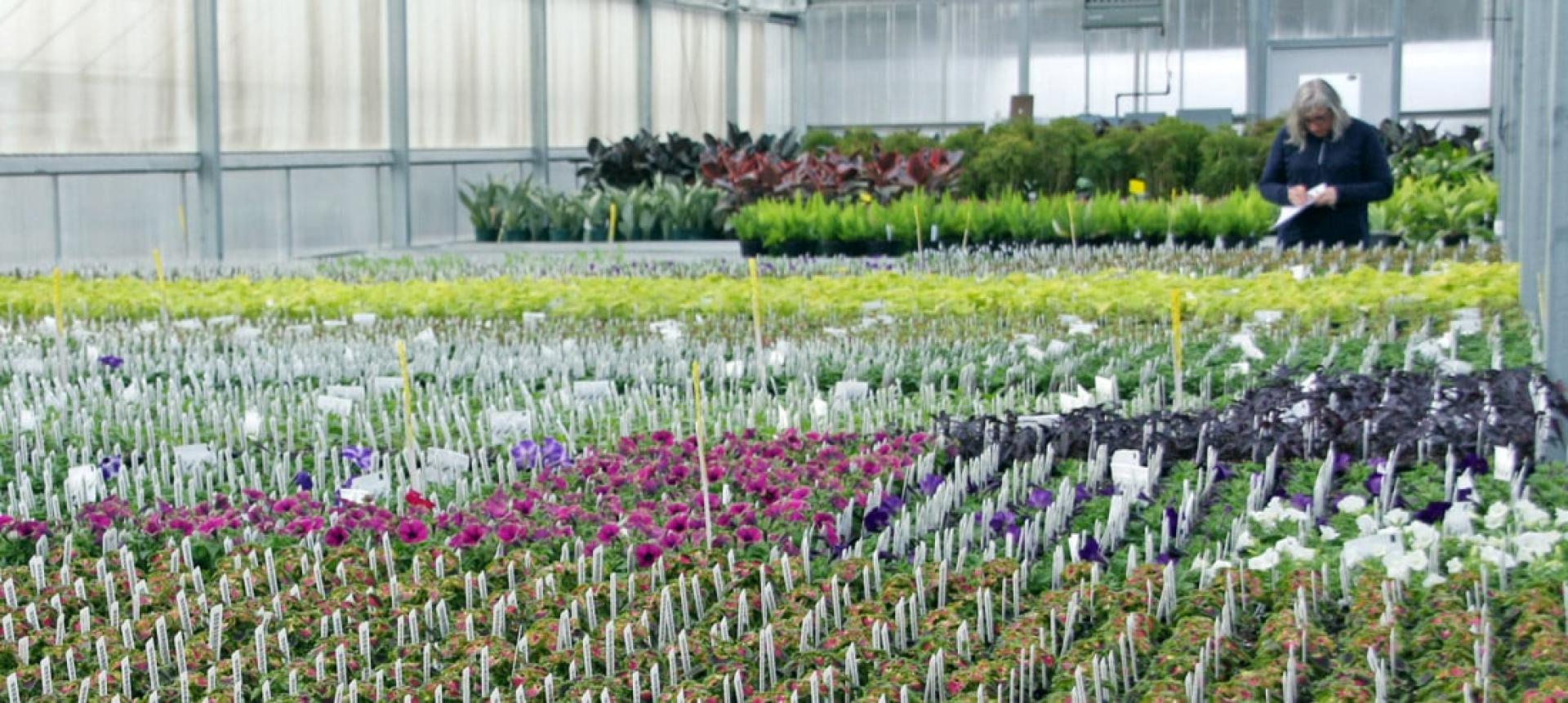You are here
Be A Better Gardener: Making Room for Natives and Non-Natives
Be A Better Gardener: Making Room for Natives and Non-Natives
by Thomas Christopher
My interest in native plants began in the mid-1970s when as a student at the New York Botanical Garden I worked for several months in its native plant garden. That was more of a museum display than a garden. It showcased groups of plants from a given habitat such as the New Jersey Pine Barrens, arranging them in simulations of the native landscape. Still, those wildlings intrigued me.
My interest was further piqued when gardeners out West told me in the late 1980s that they were introducing locally indigenous plants into their gardens because they coped better with the extremes of the local climate better than most of the European-bred garden plants that the wholesale nurseries then emphasized.
A decade or two later, I began to hear from ecologists about how the decline in native plant populations due to habitat loss and degradation due to invasive plants was undermining North American ecosystems. This was a crisis in which individuals such as me could have a personal impact by including local natives in my garden. Who wouldn’t want to do that?
I was shocked, then, recently when I encountered angry pushback in response to my enthusiasm. I had come across an anti-native plant blog post that suggested that there really wasn’t much difference between planting an Asian ailanthus tree, the so-called “tree of heaven” and a common invasive weed, or a native staghorn sumac. I submitted a comment that pointed out that the staghorn sumac feeds 300 North American songbird species with its fruits, whereas the ailanthus seeds are eaten by just two. Other readers immediately rallied around to chide me for my rudeness in contradicting the original poster and to inform me that they were sick of being told that if they cared about the environment they wouldn’t cultivate the traditional, non-native garden plants they loved.
I’ve since learned that this sort of resentment isn’t unusual. I had never heard leaders of the native plant movement suggest such a ban, but apparently there are native plants purists who attack other gardeners for this perceived transgression. I decided that I should temper my proselytizing for natives with reassurances that American gardens shouldn’t be impoverished by rooting out the many glorious garden plants that came to us from abroad.
For advice on how to frame this, I went to Karen Bussolini, the Senior Horticultural Advisor at White Flower Farm. Located in northwestern Connecticut, WFF is an extraordinary nursery founded 75 years ago by two editors of The New Yorker magazine who had moved to that property in the 1930s and soon developed a gardening addiction. Today it is owned by the Wadsworth family which acquired the business in 1976 and continued the founders’ quest to introduce the very best garden plants from all over the world to WFF clients. I have loved this nursery since I discovered gardening in my teenage years and the WFF catalog (written by those New Yorker editors) was a sort of primer for me.
Karen told me how WFF under the Wadsworths has made great efforts to be environmentally responsible. For example, it has switched to the use of beneficial insects to control the pests in its greenhouses, uses OMRI-approved organic sprays only when necessary, is moving to include exceptional native plants in its online catalog, and has installed solar arrays to supply energy to its farm and nearby offices. She also talked to me about the nursery’s experience in its spectacular display gardens (which it never sprays with pesticides) of how many of the introduced flowers fill in seasonal gaps when the local flora is not as generous in supplying nectar and pollen to the local pollinators.
WFF, Karen assured me, takes great care not to ship plants known to be invasive, not only in its Northeastern home but in any region of the country. When I asked her what advice she would give to gardeners who wanted to cultivate natives and non-natives together, she replied “Go for it.” Be responsible about invasives, don’t ignore the beauty of natives and the special support they provide to your local ecosystem, but enjoy all the varieties of beauty that can thrive in your climate and soil.
To listen to the rest of my conversation with Karen Bussolini, in particular her recommendations regarding specific introduced garden plants that foster pollinators, listen to the Berkshire Botanical Garden’s Growing Greener podcast at www.berkshirebotanical.org.
Be-a-Better-Gardener is a community service of Berkshire Botanical Garden, located in Stockbridge, Mass. Its mission, to provide knowledge of gardening and the environment through a diverse range of classes and programs, informs and inspires thousands of students and visitors each year. Thomas Christopher is a volunteer at Berkshire Botanical Garden and is the author or co-author of more than a dozen books, including Nature into Art and The Gardens of Wave Hill (Timber Press, 2019). He is the 2021 Garden Club of America's National Medalist for Literature, a distinction reserved to recognize those who have left a profound and lasting impact on issues that are most important to the GCA. Christopher’s companion broadcast to this column, Growing Greener, streams on WESUFM.org, Pacifica Radio and NPR and is available at berkshirebotanical.org/growinggreener.
Help Our Garden Grow!
Your donation helps us to educate and inspire visitors of all ages on the art and science of gardening and the preservation of our environment.
All donations are 100 percent tax deductible.


